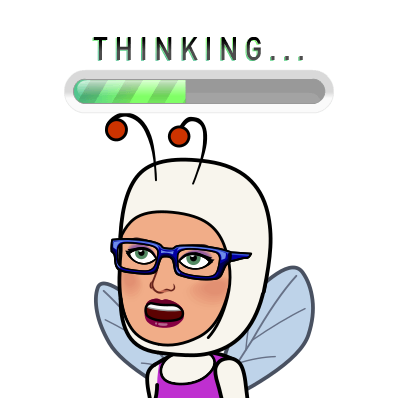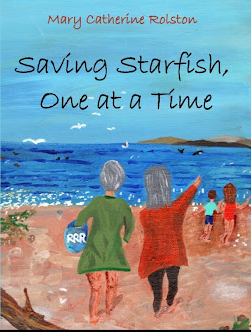Saving Starfish, One at a Time
Sammy and Sasha have no idea the elderly women they call Grandma Agnes and Auntie Sophie are more than they appear, but they find out on a day spent sauntering along the sand beside the sea. Nature inspires as brother and sister learn about the magical starfish, all while helping Agnes and Sophie with their special mission!
The Backstory
I live on what I call Canada’s Hawaii, Vancouver Island. Here, we are surrounded by dense nature in the form of ancient rainforests and the Pacific Ocean. Daily we are entertained and awed by a variety of birds (including eagles, hawks huge ravens), ocean animals (starfish, orcas, seals, sea lions, otters, salmon, sand dollars, snails, clams just to name the regulars), insects, and a variety of other wild land animals (deer, cougars, bears). Many people own dogs and are avid gardeners. It is a magical place that exudes a special calm and healing energy.
During the spring, summer, and early fall, I walk on the beach at Goose Spit Park during low tide. It is here that I have found many starfish deposited along the sand from the receding tides. Unfortunately, many must cope without water and under the hot sun.
A number of years ago I heard the story about saving starfish one at a time.
In 2010, while teaching, I reflected on this poem, thinking it was the perfect metaphor for what we do as teachers, trying to make a difference by ‘saving’ students one at a time. This in turn inspired me to write a poem Fallen Starfish and submit it to the 5th Annual Writer’s Digest Poetry Competition where I placed 34th. This poem is included at the end of my book, Saving Starfish One at a Time.
In the following years, I met two inspiring senior women, Agnes and Sophie. Both women were the mothers to dear friends of mine. Each of these ladies were filled with joyful energy, optimism and grit. Although they didn’t know each other, I imagined them as sisters and how they might influence the young children in their lives.
My creative thoughts blossomed into a story where Sophie and Agnes were secretly fairies who were devoted to protecting the earth and all its creatures. Not only do these two elderly women walk and clean the beaches daily but save starfish drying on the beach. They impart their wisdom and knowledge of starfish to the children in their lives.

Guide for Reading: PRC
Predictions, Reflections and Connections
Predictions
Predicting is an essential tool when developing as a strong reader. This story has been written to hook the young audience in engaging in predictable events.


Reflections
Reflecting throughout a book makes the story extra personal and come alive. It reflects a reader’s level of comprehension. A more thoughtful and complex reflection and connection reveal a higher understanding of the story. They also help reinforce one’s memory sequence which forms the basis of a retelling with more detail and reference to nuance. A simple and literal retelling reflects a more simplistic understanding.
Connections
Making connections facilitates a deeper understanding of a story through making inferences, noting details and relating them to prior information. It is seeing, linking, and articulating other topics and events to the story. The reader is applying this reading experience to other learned information. Often when making connections the reader will arrive at exciting new insights that extend beyond the literal story.



